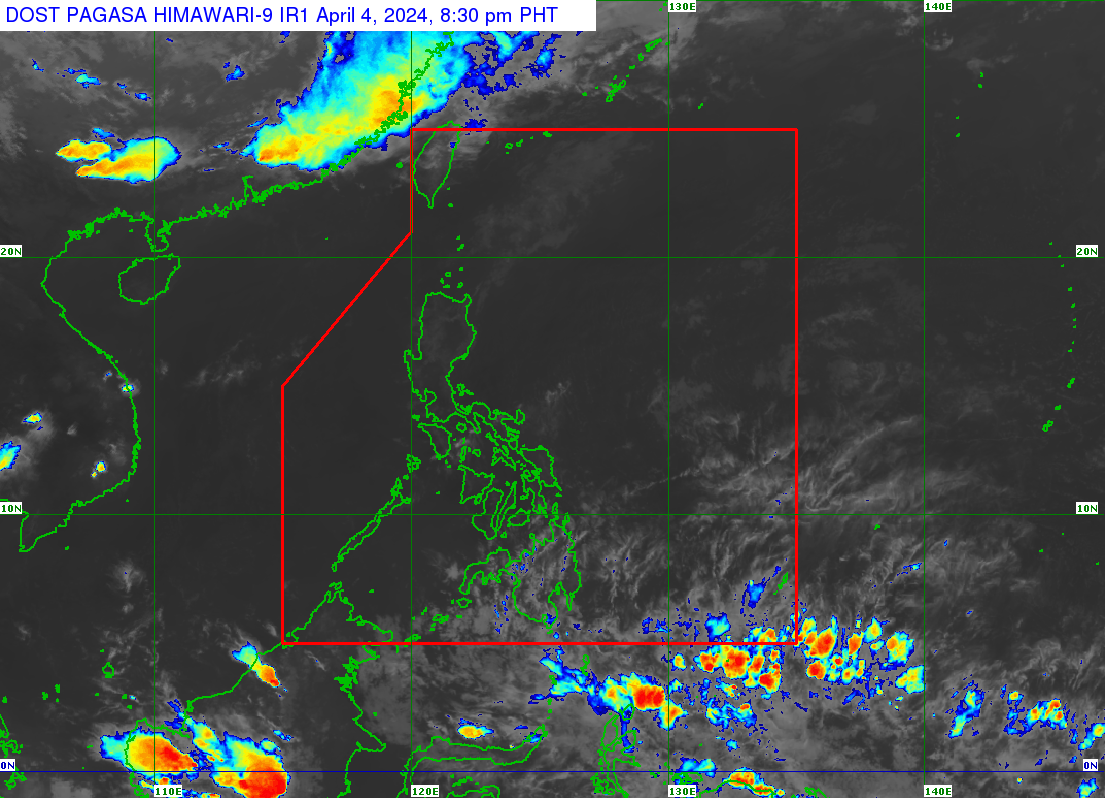MANILA, Philippines — A low pressure area (LPA) was spotted outside the Philippine area of responsibility southeast of South Cotabato, said the Philippine Atmospheric, Geophysical, and Astronomical Services Administration (Pagasa).
According to Pagasa weather forecaster Chenel Dominguez, the LPA was last located 770 kilometers southeast of General Santos City province of South Cotabato.
The LPA’s trough is then forecast to affect parts of Mindanao on Friday, specifically, Davao Region where overcast skies and rain are expected.
“Maaapektuhan itong Davao Region ng trough ng LPA kaya asahan natin ang maulap na panahon na may kalat kalat na pagulan,” said Dominguez in Pagasa’s latest weather forecast.
(The Davao Region will be affected by the trough of the LPA, so we can expect cloudy weather with scattered rain showers.)
Meanwhile, the rest of the country will experience hot and humid temperatures due to the effects of the ridge of the high pressure area.
Pagasa said the temperature range in key cities/areas across the country for Friday will be:
- Metro Manila: 25 to 34 degrees Celsius
- Baguio City: 16 to 26 degrees Celsius
- Laoag City: 25 to 33 degrees Celsius
- Tuguegarao: 24 to 37 degrees Celsius
- Legazpi City: 25 to 32 degrees Celsius
- Puerto Princesa City: 26 to 33 degrees Celsius
- Tagaytay: 23 to 32 degrees Celsius
- Kalayaan Islands: 25 to 33 degrees Celsius
- Iloilo City: 27 to 32 degrees Celsius
- Cebu: 26 to 32 degrees Celsius
- Tacloban City: 25 to 32 degrees Celsius
- Cagayan De Oro City: 26 to 32 degrees Celsius
- Zamboanga City: 25 to 33 degrees Celsius
- Davao City: 25 to 32 degrees Celsius
Despite the presence of an LPA, no gale warning is raised over the country’s surrounding coasts and in-land seas.
